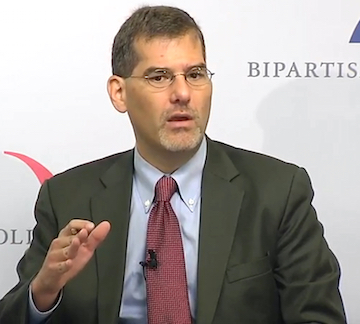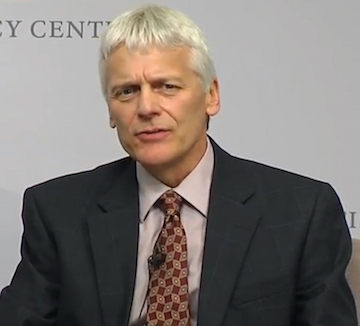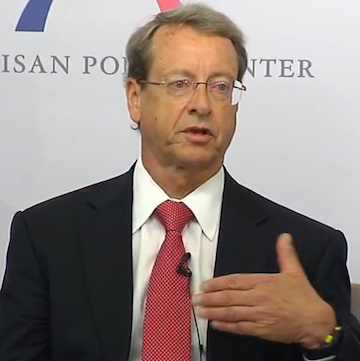
A paucity of affordable housing is a major impediment to integrating care and long-term services and supports in assisted living settings, according to speakers at a Bipartisan Policy Center meeting Monday.
Michael Monson, vice president of long-term care and dual eligibles for Centene Corp., a health insurer operating in 26 states, said that his company relies on assisted living communities when it moves people who don’t own homes out of nursing facilities.
“At the end of the day, what you really need is an affordable provider. If that affordable housing provider is willing to take the [supplemental security income] check, which virtually all of these members have … we can put all of the other services around them, whether in concert with the building itself or with other community-based providers,” he said. “To us, the biggest challenge isn’t whether we want to use assisted living. We more than want to use assisted living, although we have to talk about some of the challenges with the settings rule. The issue is the lack of availability of affordable housing.”
 Another speaker, Paul Saucier (pictured), director of integrated care systems for Truven Health Analytics, agreed.
Another speaker, Paul Saucier (pictured), director of integrated care systems for Truven Health Analytics, agreed.
“In a nursing home, the room and board is part of the fee, and Medicaid pays for that,” he said. “In assisted living, you may not, under any circumstances, have Medicaid pay for room and board — even with a [Section] 1115 waiver, you can’t do that. So it becomes a challenge of, how do you work with developers and others to provide affordable assisted living and have the services wrap around it?”
Monson, Saucier and the event’s other participants came together Monday to discuss ways to reduce Medicare and Medicaid costs by integrating care and services for dually eligible beneficiaries. The conversations will inform a report that the center plans to release in September.
Overall, the approximately 10 million dually eligible beneficiaries account for $294 billion in state and federal spending, said moderator Sheila Burke, a strategic adviser for Baker, Donelson, Bearman, Caldwell & Berkowitz. Those figures come from the most recent data book produced by MedPAC and MACPAC, which contains data for 2011, she said. Sixty percent of dually eligible beneficiaries are aged at least 65 years.
Finding a way to address the activities of daily living needs of the 5% of all dually eligible beneficiaries who account for 80% of Medicare spending, and to coordinate and integrate Medicaid-funded LTSS with the provision of healthcare services through the Medicare program, might be the “Holy Grail” of cost containment for Medicare, said moderator Anne Tumlinson, founder of Anne Tumlinson Innovations and Daughterhood.org. LTSS represents one-third of all Medicaid spending, Monson said.
Assisted living is an important factor in the center’s discussions, said audience member Karl Polzer, co-chair of the Long-Term Care Discussion Group, because one-fifth of the approximately 1 million people living in licensed assisted living communities in the United States are dually eligible beneficiaries.
 Speaker Larry Atkins (pictured), executive director of the Long-Term Quality Alliance, said that his organization also is studying ways that care and services can be integrated for older adults who are not Medicaid beneficiaries.
Speaker Larry Atkins (pictured), executive director of the Long-Term Quality Alliance, said that his organization also is studying ways that care and services can be integrated for older adults who are not Medicaid beneficiaries.
“There are clearly opportunities to reach non-Medicaid populations through existing arrangements,” he said, adding that the LTQA is studying a continuing care retirement / life plan community that provides a Medicare Advantage plan.
“What’s interesting about that is, you have a population that already is paying out-of-pocket for being in the CCRC, so the housing is covered, and the services are available through the CCRC — and they have a very elaborate package of services available there on the social services side, and then the ability to pick up the risk for the medical and to put all of that risk in a single package,” he said. “So that’s an interesting model, and it captures the out-of-pocket payment as part of that.”



